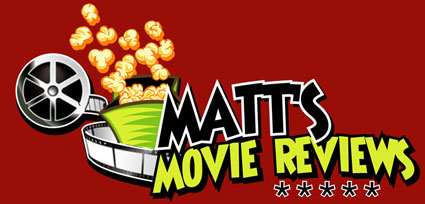The movie which spawned the summer blockbuster and launched the career of a then unknown Steven Spielberg, Jaws still remains the definitive monster movie, a horror classic which is backed by a great screenplay, fine performances, John Williams’ pulsating score and Spielberg’s brilliant direction.
Set in the small beach community of Amity Island, Jaws stars Roy Scheider as Chief Marin Brody, a former New York police officer who must contend with the threat of a monstrous great white shark who has claimed the beach as his new stomping ground feeding on the local residents.
Clashing against the town’s politicians who want to keep the beaches open and the tourist dollars flowing, Brody enlists the help of marine biologist Matt Hopper (Richard Dreyfuss), and grizzled shark hunter Quint (Robert Shaw) to track down and kill the beast.
While many monster movies have the actors playing second fiddle to their creature counterpart, Jaws contains strong characters which are played very well by its cast. Roy Scheider is great as Brody, one of the more complex and mysterious characters in mainstream cinema. Throughout the film he drops hints about his life as a police officer and how the dangers of living in a big city lead him to move his family to a small island community (regardless of his fear of the ocean).
Richard Dreyfuss is excellent as the wealthy shark expert, called in to help the over head Brody, while Robert Shaw shines as the obsessed shark hunter hired to slay the great white. Both Hopper’s and Quint’s personalities wonderfully clash, with their old school vs. new school conventions constantly butting heads, with poor Chief Brody stuck in the middle.
In a well written and acted scene, both men find common ground while comparing battle scars as all the while Brody motions towards his belly (perhaps a gun shot wound from his time in the Big Apple?).The scene also contains a chilling monologue written by Howard Slacker, re-written by infamous writer/director John Milius, and then brushed up and delivered exceptionally well by Shaw (all three men were not credited for there work.)
The movie can be seen in two parts. The first is a very effective horror thriller, which wisely does not show the shark and instead ops in developing a solid story, fleshing out its characters, creating a chilling atmosphere and containing some truly blood curling scares.
The second part is very much an adventure monster movie, and while it is not as effective as the first half of the film it still contains some rip roaring sequences and the films best dialogue (alongside the before mentioned Quint monologue) in the now infamous “We’re gonna need a bigger boat” line (ad-libbed on set by Scheider).
The shark is shown prominently throughout this half of the movie. Designed by Bob Mandee (0f 20,000 Leagues Under the Sea fame), the shark – affectionately named “Bruce” after Spielberg’s lawyer – hardly worked, driving the cast and crew nuts as it continued to breakdown, delaying filming on a constant basis. Looking at it now you can almost hear its gears creaking in the background, but while it does not match the CGI and animatronics of today, it is still a convincing piece of machinery that has a certain charm and works very well within the movie.
Spielberg has directed a film which contains many unforgettable and suspenseful moments. That Jaws was only his second feature film says something about the talent and ingenuity the man possessed even at such an early stage in his career. The making of Jaws is in itself legendary for the fact that everything that could go wrong, did. Yet not only did Spielberg persevere, but he made every obstacle an opportunity and every opportunity into a masterful, one of a kind movie experience that also (for better or for worse) ushered in the summer blockbuster.
The influence Jaws has had on every monster film, from Alien to The Host, is self evident and it has yet to be bettered since it was released over 30 years ago. Expect that fact to be the same in 30 years from now as well. |
